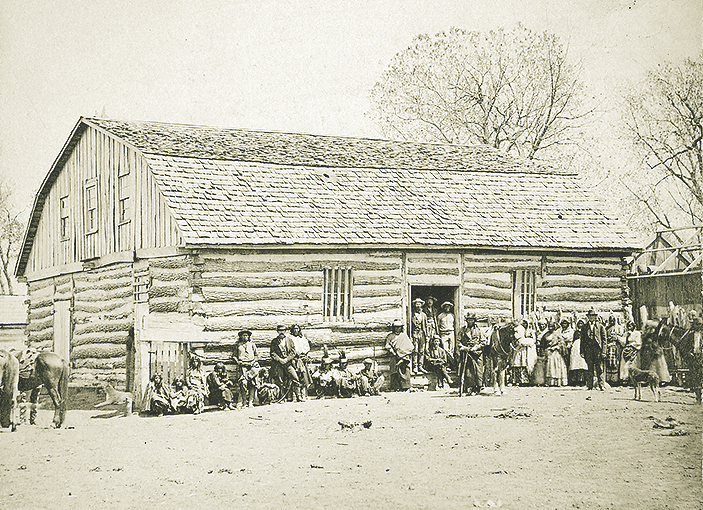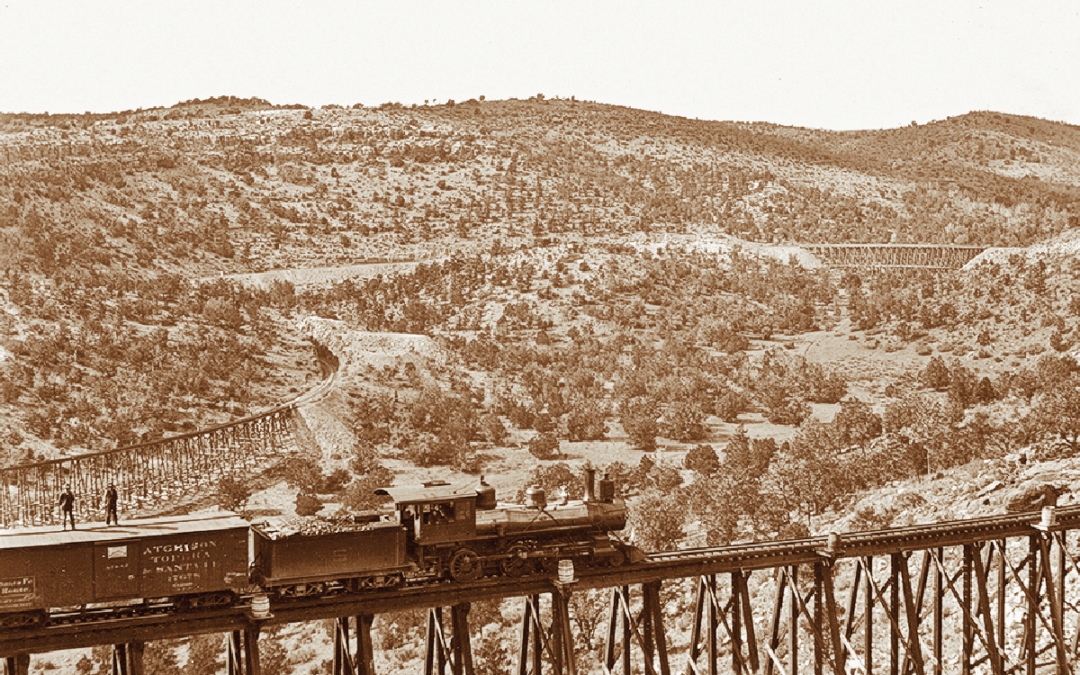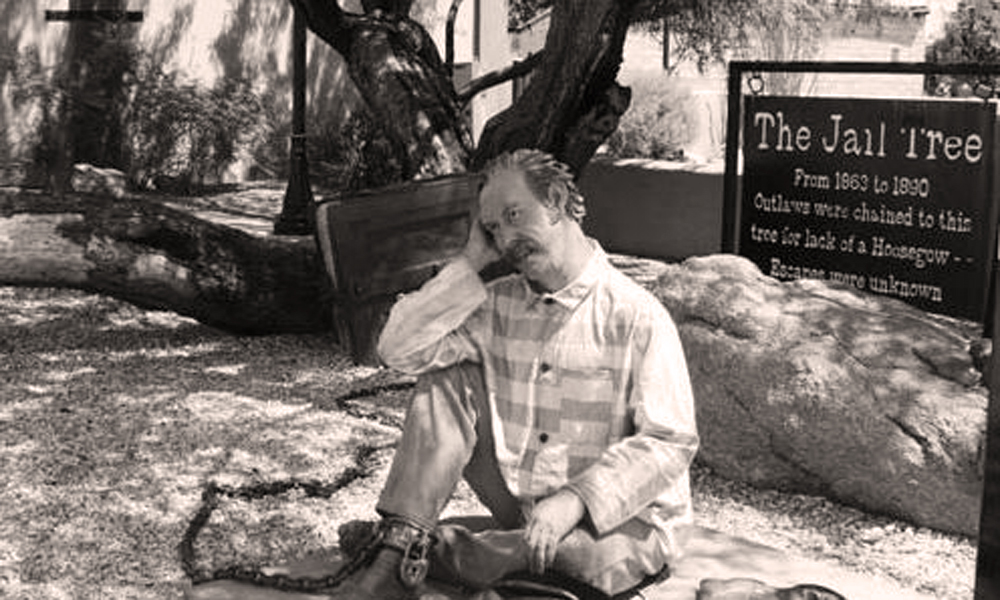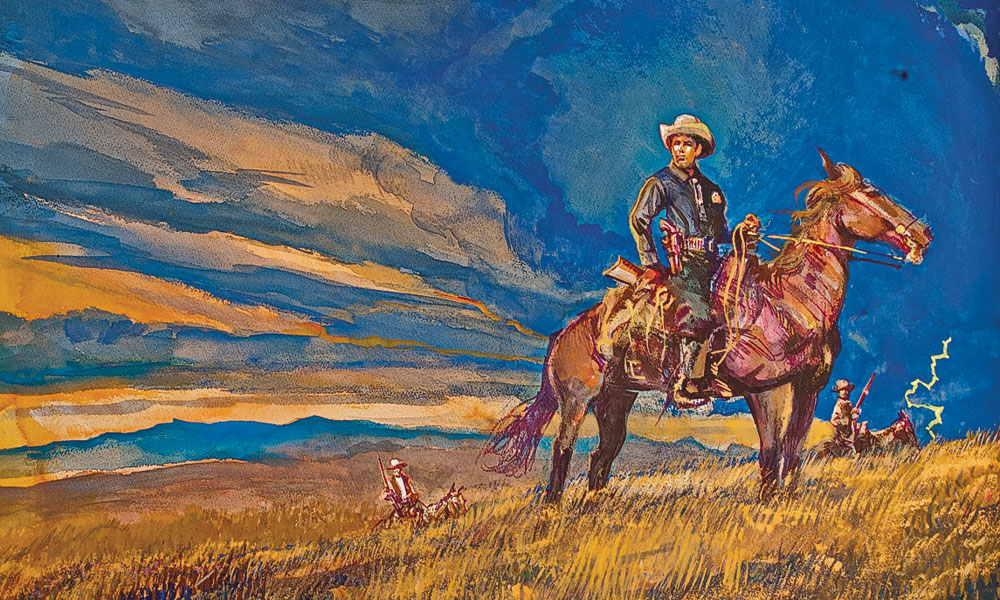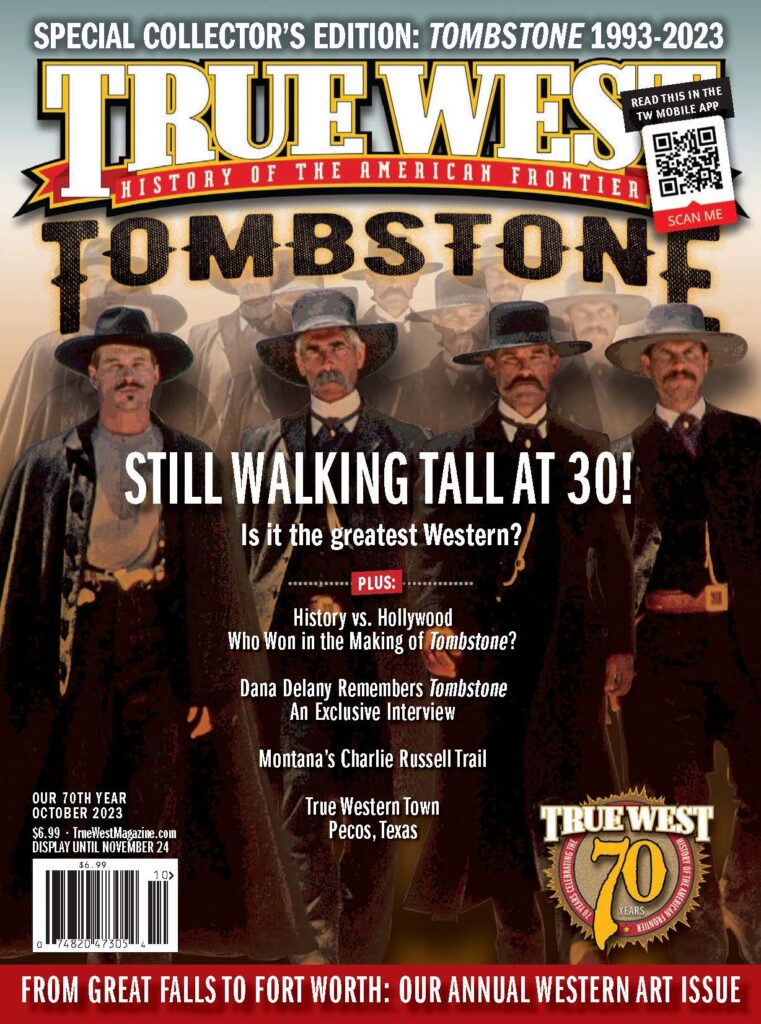Did the Ford Brothers ever get the reward money on Jesse James?
Joe Manriquez (Whittier, California)
Missouri Governor Thomas T. Crittenden raised $10,000 from the railroads in hopes it would encourage Jesse’s men to betray him. But Bob Ford only got $600 to cover expenses, mostly because of the uproar over shooting Jesse in the back of the head.
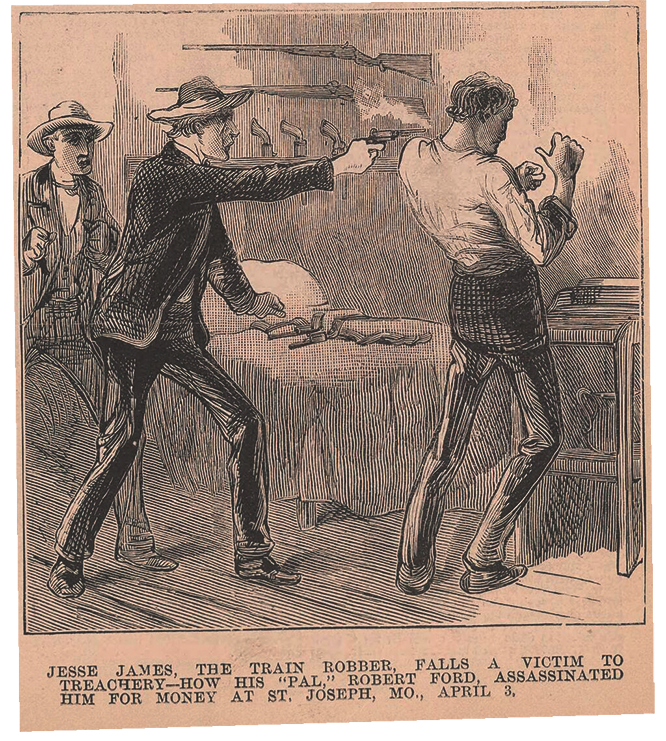
What kind of hat did the U.S. cavalry wear?
James Glassford (Glasgow, Scotland)
Styles changed a number of times. Blue kepi caps, similar to those worn during the Civil War, were issued. The kepis were unpopular because they gave no protection from the sun and wouldn’t stay on.
The uniform styles changed in1872. The thin, woolen, black campaign hat was worn. It was similar to the wider-brimmed hat worn during the war. After the first wetting, it quickly went to pieces.
Those black, German-style “Kaiser helmets” were adopted in 1872. The infantry helmets had a German-type spike on the top, while the cavalry and artillery versions had plumes, cords and tassels. Tan helmets were issued in 1883. The brown campaign hat with small screen vents on each side was adopted the same year.
In cold climates like those Montana winters, the fur muskrat cap was adopted and became very popular.
In the hot Southwest deserts, the troops often discarded their hot felt hats for straw. Others ventilated their campaign hats with holes.
But, regardless of military issue, soldiers in the field often wore civilian hats purchased from the sutler’s store. Comfort came first.
In the Old West, how did one get the correct time of day?
David Fuller (Lisbon, Connecticut)
In the 1800s, the three main ways of determining the time were the clock at the center of your town, the railroads and the sun. But it was not uncommon for all three to tell you different times. Every city or town had the ability to set its own time, so 1:05 p.m. in your town could be 1:15 the next town over. In 1883, the railroads of North America set a standard time for all trains to address the danger. Industrial America grew around the railroad time system and that was generally adopted.
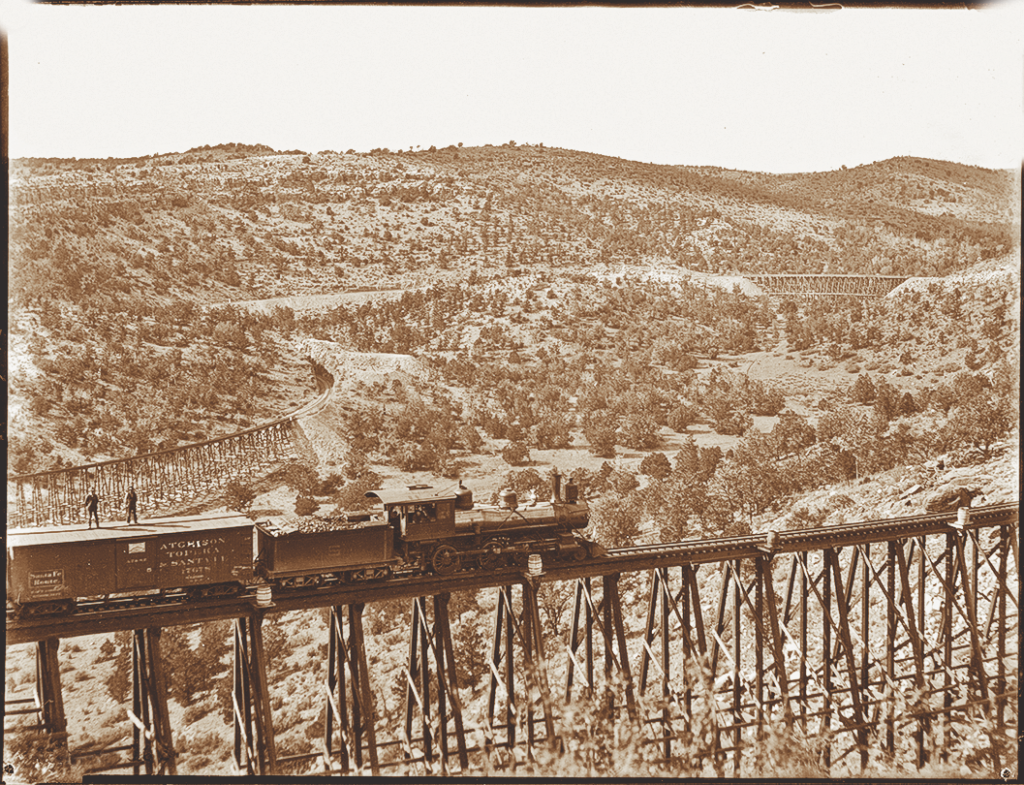
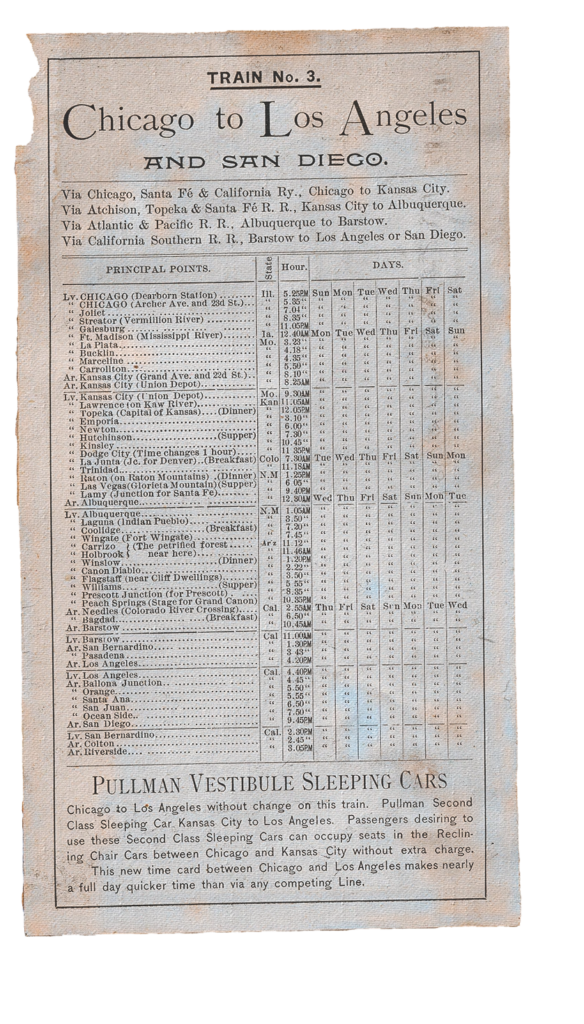
Were people forced to leave their sidearms outside when entering courthouses?
Mal Goodman (Broken Bow, Oklahoma)
Most courthouses banned firearms in areas that were settled, but they might be allowed in raw, frontier towns during their pristine period.
It was a local decision, in any case.
How did Buckskin Frank Leslie die?
Charlie Spencer (Atlanta, Georgia)
Chuck Parsons and Jack DeMattos, in their excellent book, They Called Him Buckskin Frank: The Life and Adventures of Nashville Franklyn Leslie, present evidence that he was murdered in the Cerrito Hills of California in the fall of 1927. It appeared the killer had crushed his skull.
What were Old West jails really like?
Roger Payne (Little Rock, Arkansas)
They varied. Some actually were trees, with prisoners chained to them. Others were quite primitive, made of wood with no windows and flimsy cells. A few were pretty elaborate. In 1874, the citizens of Helena, Montana, spent $11,000 to build a tall red-brick structure with six cells, an exercise hall, a kitchen and a bunkhouse for the guards.
